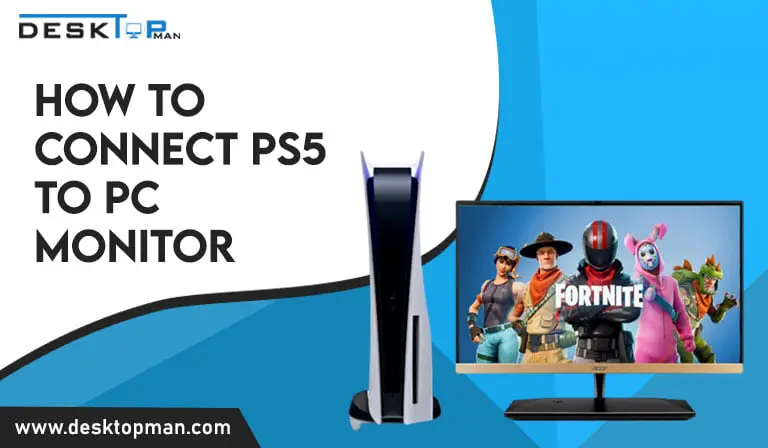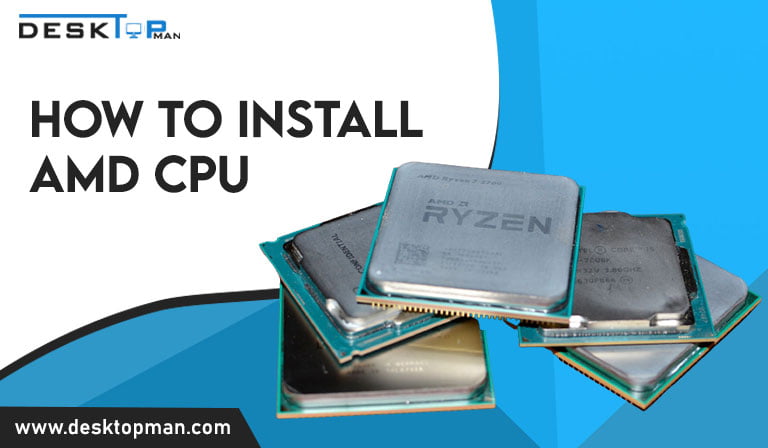Is a cpu cooler necessary
You might have questions regarding CPU cooling if you’re going to construct a new PC or enhance the performance of your existing one. You might wonder: is a cpu cooler necessary? Why are they there? Each computer construction requires a CPU cooler. Your CPU’s heat is dissipated and kept from overheating by CPU coolers.
CPU coolers contain radiators, fans, and other components that disperse heat generated by the processor away from sensitive circuitry. This enables your CPU to function at a high level continuously for a long time. read our article on What is the best CPU cooler for Ryzen 5 3600x
Your cpu without cooling will overheat in a couple of seconds. Fortunately, a CPU cooler is included with the majority of AMD and Intel CPUs, so you don’t need to worry right away.
Is cpu cooler really necessary?
On a daily basis, your PC’s CPUs do a large number of jobs. CPUs produce a lot of heat while they operate, much like all the other electric-powered parts. Because of this, maintaining the functionality and efficiency of your CPU requires a cooling system. In fact, CPU cooling is essential to PC building. And the main tool for achieving that is the CPU cooler.
Complex workloads, such as precise gaming, might cause the system to overheat. Components that are overheated run the danger of being physically harmed. And if you regularly execute difficult jobs, the system’s resulting subpar performance might be a bothersome problem.
In a contemporary computer, heat is produced by the CPU, the GPU, and several other integrated circuits. It is important to emphasize that a computer’s parts lose performance as they become overheated. The complex pieces run the danger of suffering physical harm that cannot be repaired. These arguments demonstrate how crucial a CPU cooler is.
Hence you have to makesure your cpu is working all the time and is compatible with your motherboard. read more in our article cpu compatibility checker
How does cpu cooler works?
How does cpu cooler works? A CPU cooler redistributes the heat away from the parts inside the CPU case after absorbing it from the CPU. The cooler first sends heat to the metal case of the CPU. The heat is then transferred to the fan via either a liquid or a heat pipe. It is blown away by the fan from the cooler and lastly from the computer.
Do cpu comes with own cpu coolers?
The majority of Intel and AMD CPUs are equipped with their own cooling. Except for those from the K or X series, all packaged Intel Core CPUs include stock cooling. For instance, although the Intel Core i7-9700K lacks cooling, the Intel Core i7-9700 comes with one. Unlocked Intel CPUs do not include a built-in CPU cooling. This is so that unlocked CPUs, which are designed for overclocking, may function more effectively with CPU cooling that is more powerful.
Only the most expensive AMD CPUs, including the Ryzen 9 5950X and Ryzen 7 5800X, lack CPU cooling. This is because AMD advises using liquid cooling or another premium cooler to cool these high-end CPUs. Additionally, standard CPU coolers from AMD are often superior to stock CPU coolers from Intel.
The AMD Ryzen coolers are superior to the default Intel CPU coolers in terms of cooling and noise reduction, and they can compete with aftermarket options. you can find out more about the Which CPU cooler is best for Ryzen 5 5600X in our article.
Can you run cpu without heatsink
No, a CPU must have cooling in order to function. Without a cooler, a CPU would overheat and eventually stop working. Because a CPU produces heat while operating, a heatsink and fan are needed. The majority of CPUs in use nowadays are more potent parts that can manage job execution far better than CPUs from earlier generations.
Despite this, when they are in operation, they frequently produce a lot of heat. This is the basis for the significance of CPU coolers.
If your CPU cooling system is malfunctioning, the CPU may shut down shortly after starting up. When you power on your computer, the CPU immediately gets to work, processing every execution required for the booting process. Heat is produced as soon as it begins to operate, and this heat needs to be quickly dispersed.
As soon as a PC is powered up, a CPU needs cooling. Your CPU will overheat and shut down in a matter of seconds if there are insufficient cooling measures in place (less than 10 seconds).
Also Read: he number of cores in your CPU is a strong indicator of its results and outcomes. Every CPU has different single-core and multi-core performance benchmarks. read more about it in our article on How many CPU cores are there
Do aio coolers come with thermal Paste?
Thermal paste is required for every CPU cooler, however many have it already applied, making installation easier. Check the base plate or water block of your CPU cooler that attaches to the CPU to see if the pre-applied paste has been applied. All AIOs have paste already installed. Your pump head is attached to your CPU by the mounting bracket. The portion of the pump that has the pre-applied thermal paste on it is the head.
Intel stock cooler won’t go in
The bottom plate of the CPU cooler and the lid on top of the CPU should be clean and clear of any previous thermal grease if you are replacing the CPU cooler. Isopropyl alcohol and a lint-free cloth can be used for this. A new CPU cooler that you are installing could already have thermal grease applied to it.
In this instance, the CPU lid doesn’t require thermal grease to be applied. For optimal coverage, carefully apply a small bead of premium thermal grease in the shape of an X across the CPU lid.
The retention clips on either side of the heatsink should line up with the socket mounting lugs on the retention frame on the motherboard when the CPU cooler is mounted to the processor. One at a time, gently presses down on the retention clips to attach them to the socket mounting lugs. There might need to be some force used.
To secure the CPU cooler to the retention frame, adjust the cam lever’s position. Connect the CPU cooler’s fan power line to the motherboard’s CPU fan header. The position of the CPU fan header may be found in your motherboard’s user manual. If the CPU cooler contains RGB LEDs, attach the RGB cable that came with it to the motherboard’s RGB header and the CPU cooler.
Does the cpu need a fan
Yes. Regardless of whether you overclock or not, a CPU cooler is required, whether it is stock or third-party. Otherwise, if your computer boots at all, it will conduct a thermal shutdown since a CPU without a cooler very rapidly achieves dangerously high temperatures during even moderately demanding tasks. If a CPU boots without a cooling system in place, it won’t last more than a few seconds.
Although CPUs have a built-in throttling system that will shut them down to minimize heat damage, if left to run too hot there is a danger of irreversible damage.
Here’s what happens if you don’t utilize a cooler: the CPU will soon overheat and begin to throttle itself (within a few minutes) (slow down). Without a cooling, the CPU will ultimately malfunction if used continuously. There is no air flow within the case, thus heat can’t be removed from the CPU, which is why your CPU needs a heatsink and fan. The parts of your computer will overheat without that air movement.
Is a CPU Cooler Necessary: Conclusion
For the PC to function properly, an efficient cooling system is required. It not only keeps the vital parts safe but also improves performance. We caution against operating a computer without a CPU cooling.
Hence I advise you always remember the answer to is a cpu cooler necessary, is a yes



